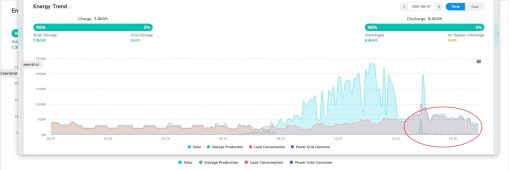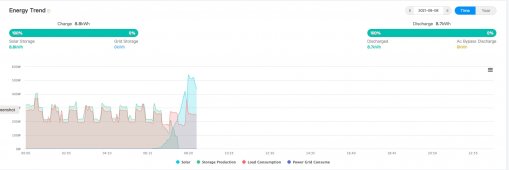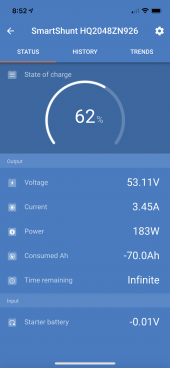jkoprowski
New Member
- Joined
- Jun 26, 2021
- Messages
- 5
Please help me out if I am missing something. The cheap Alibaba sourced BMS's have some features like low temp, high temp, high current, etc. However, how would a BMS since it is looking at each cell offer cell-level protection when working with a growwatt? Let's say a cell reaches low SOC slightly before the rest of the cells in the pack. How would your BMS tell the inverter to stop inverting? Or, lets say one cell reaches its top of charge limit before reaching the set pack voltage in the growwatt MPPT? Does the BMS just cut the connection at that point? And wouldn't that be detrimental to the growwatt if the BMS disconnected the battery bank while charging from a large PV array? sorry if I am confused, I am just used to working with victron equipment that has a direct link with your BMS, it controls charging and discharging from the BMS at a cell level (either by the remote or canbus). How does growwatt do this, from what I am reading all that growwatt is concerned about is pack voltage... thanks ahead of time guys








